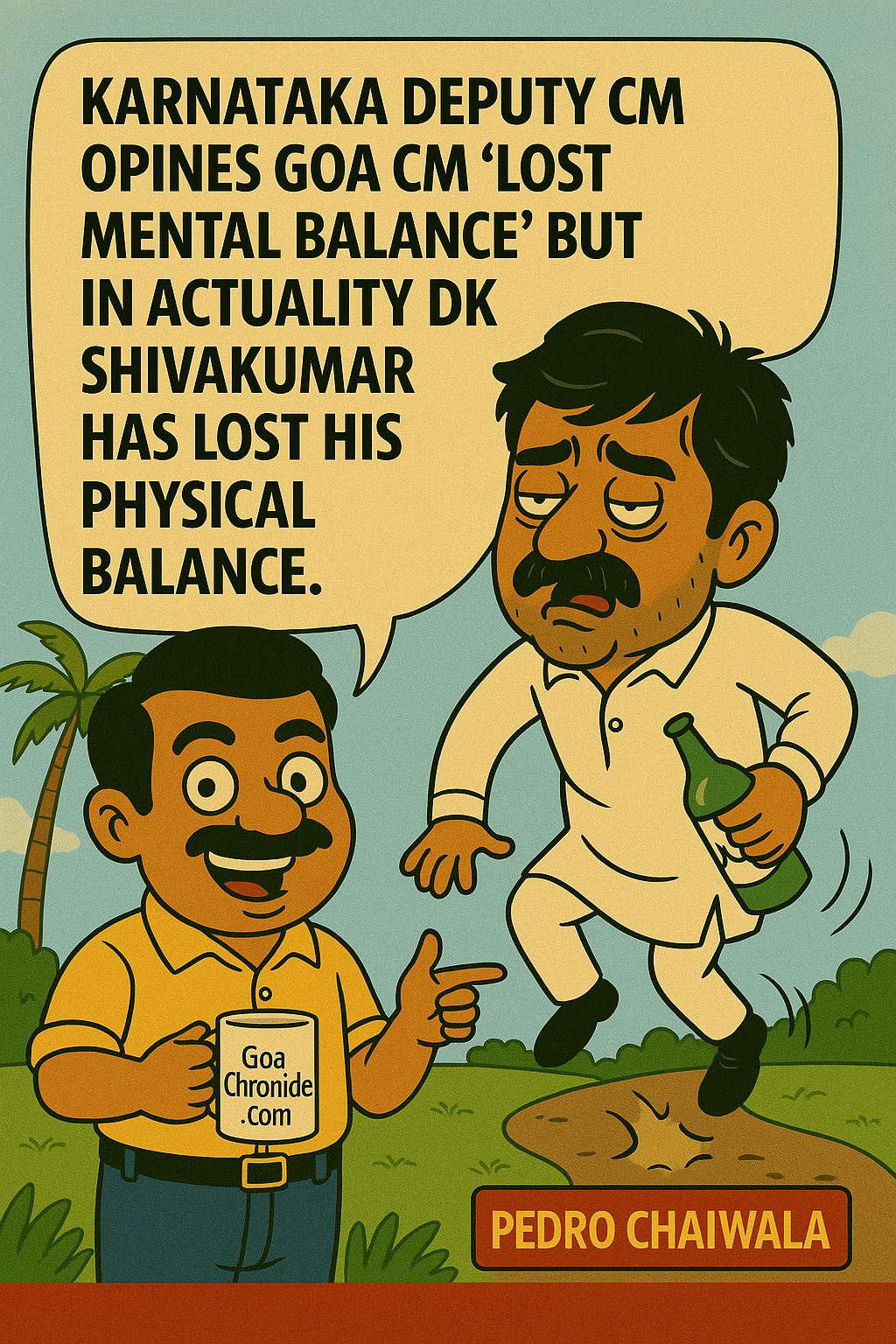Chennai: Having created a historic achievement by cultivating crops for producing foods in space for astronauts during long durtion manned mission, the Indian Space Research Organisation (ISRO) termed it as a Leap in Space Biological Experiments.
Growing plants from seed in space under microgravity is an important milestone for
space biological research, to produce food in space and as an engaging activity for
the astronauts in space during long duration manned missions.
In a post on X, the Space Agency said “watch the timelapse of leaves emerging in
space! VSSC’s CROPS (Compact Research Module for Orbital Plant Studies)
experiment aboard PSLV-C60 captures the fascinating growth of cowpea in
microgravity.”
ISRO said CROPS is an unmanned experimental module designed to develop the
Agency’s capabilities for growing and sustaining plants in space.
CROPS first mission (CROPS – 1) is designed to demonstrate germination of a seed
and growth of plant up to two leaves stage in space.
It is an airtight container of diameter 300mm and height 450mm simulating earth like
environment in space except gravity.
It said a neutral clay soil medium in pellet form having high porosity to absorb and
retain water is used in CROPS-1 for the seed to spread its roots.
The soil medium can be sterilized by heating at high temperature to neutralize microbes,
fungus, spores etc. without losing any of its functional properties.
The soil is premixed with a slow release fertilizer (activated by water) in a measured
quantity to provide nutrients to the plant in a controlled manner over a period of time.
The soil is tightly packed in four chambers (with two seeds each) covered by a silicon
foam layer followed by a cover plate on the top to provide sufficient compression to the
soil.
Each seed is pasted on to a polypropylene tissue and glued together using an organic
gum, which holds the seed rigidly in position until it is wetted by water.
The seed also has to be thoroughly sterilized using ethanol before pasting to avoid
contamination.
The pasted tissue strip is inserted into the soil medium through a slit in the silicon
foam and the cover plate.
This mechanism of seed fixing helps the seed to survive the high vibrations and
shock levels experienced during launch.
In addition, CROPS – 1 also has vibration isolators to protect the module from
vibration and shock felt during launch.
































